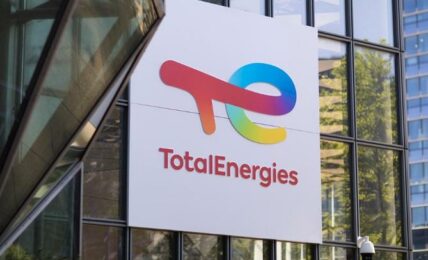The global energy crisis brought on by Russia’s invasion of Ukraine is anticipated to accelerate the clean energy transition, according to the International Energy Agency’s (IEA) flagship World Energy Outlook (WEO) 2022 report, released today, with the IEA now forecasting a surge in clean energy investments this decade, and – for the first time – a peak in fossil fuel demand across all scenarios.
The report examines and analyzes key ongoing energy market trends, and provides multi-decade forecasts for energy investment and development according to three scenarios: The Stated Policies Scenario (STEPS), based on existing government policies; The Announced Pledges Scenario (APS), which assumes that the aspirational targets set by governments are met, and; The Net Zero Emissions by 2050 Scenario (NZE), covering the necessary energy market transformation necessary to hit the global goal of achieving net zero emissions by 2050.
The market shock from the war in Ukraine, resulting in spiking energy prices and prospects of energy shortages, have spurred government reactions, with the report noting commitments of over $500 billion aimed to secure energy supply and storage, alongside increased oil and gas and coal-fired generation this year.
Looking out beyond the near-term reactions, however, the WEO report found that longer-term responses appear to be “fast-tracking” the investments needed to transition to a clean energy economy. Under the current policies-based STEPS scenario, for example, the IEA now forecasts clean energy investments globally to reach over $2 trillion by 2030, increasing more than 50% from current levels. For the first time ever, the STEPS scenario envisions a peak in fossil fuel demand from the mid-2020s.
IEA Executive Director Fatih Birol, said:
“Energy markets and policies have changed as a result of Russia’s invasion of Ukraine, not just for the time being, but for decades to come. Even with today’s policy settings, the energy world is shifting dramatically before our eyes. Government responses around the world promise to make this a historic and definitive turning point towards a cleaner, more affordable and more secure energy system.”
One of the greatest contributors to the changes in the STEPS scenario over the past year was the passage in the U.S. of the Inflation Reduction Act, which allocates nearly $370 billion to areas including renewable energy and industrial decarbonization solutions. According to the IEA, with the new law in place, the U.S. is forecasted to see a 2.5x growth in solar and wind capacity additions, and 7x growth in electric car sales by 2030, from today’s levels.
The report also noted significant progress under the current targets-based APS scenario, as governments’ climate and energy transition commitments become more ambitious. The APS scenario now envisions a near-term peak in annual emissions, followed by a decline in emissions to 12 billion tonnes (Gt) per year by 2050, significantly below the 20 Gt/yr from this scenario in last year’s report. The anticipated climate impact of this change is significant, with the APS scenario now expected to imply a global temperature increase in 2100 of around 1.7 °C, bringing it below the 2°C threshold for the first time ever.
While the report’s forecasts are encouraging for the development of a clean energy economy and the resulting climate impact, the IEA notes that significant gaps remain between the above scenarios and the actions needed to achieve the net zero 2050 NZE case, viewed as necessary to limit warming to 1.5 °C and avoid the worst effects of climate change. The NZE scenario calls for clean energy investment to rise to $4 trillion by 2030 – nearly double that forecast under current policies, which the IEA says would lead to a 2.5°C temperature increase.
Each scenario highlights significant shift and opportunities in investments in the energy space. Even in the STEPS scenario, for example, clean energy investments over the coming decades significantly outpace fossil fuel spending, with $60 trillion of cumulative clean energy investments forecast between 2022 and 2050, compared to only $12 trillion for upstream oil. Under APS, clean energy investments hit $95 trillion through 2050, while upstream oil falls to only $7.5 trillion.
Birol said:
“The environmental case for clean energy needed no reinforcement, but the economic arguments in favour of cost-competitive and affordable clean technologies are now stronger – and so too is the energy security case. Today’s alignment of economic, climate and security priorities has already started to move the dial towards a better outcome for the world’s people and for the planet”
Click here to access the IEA’s World Energy Outlook 2022 report.
The post IEA: Fossil Fuels Peak in All Scenarios as Clean Energy Investments Soar appeared first on ESG Today.



